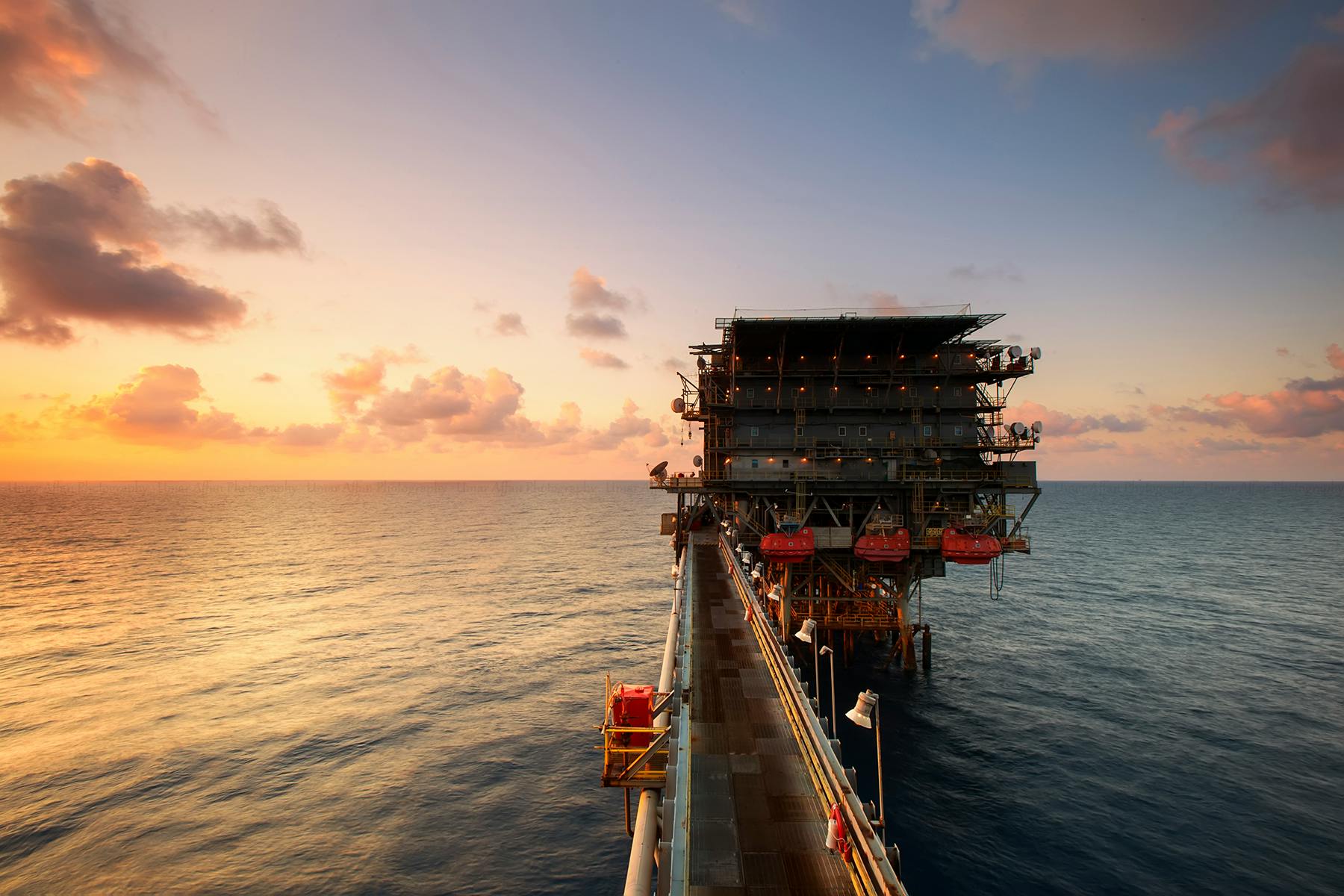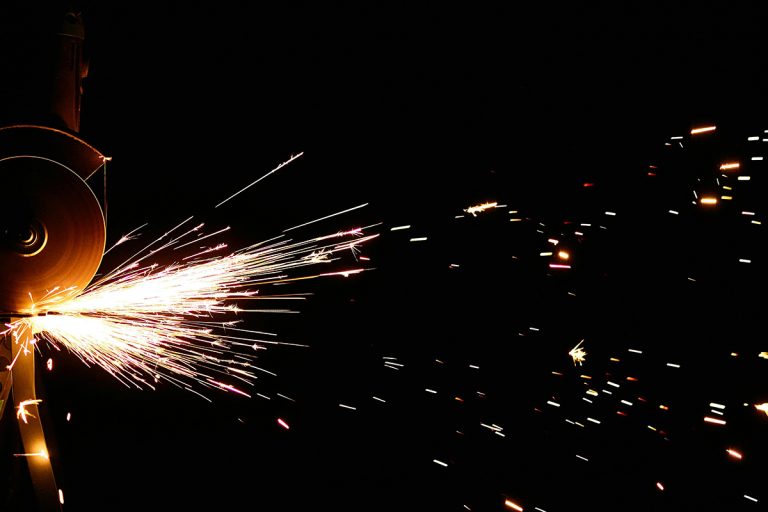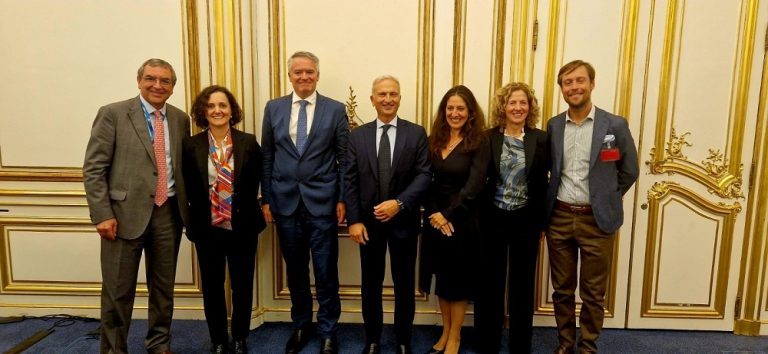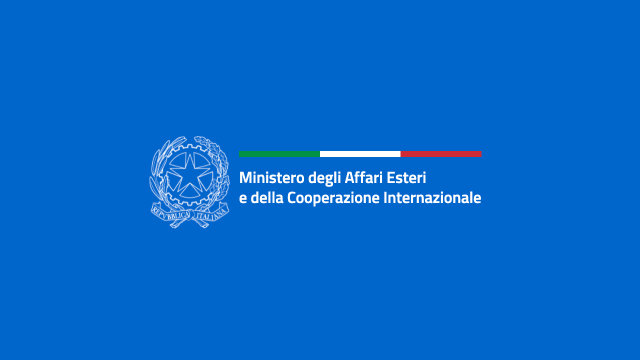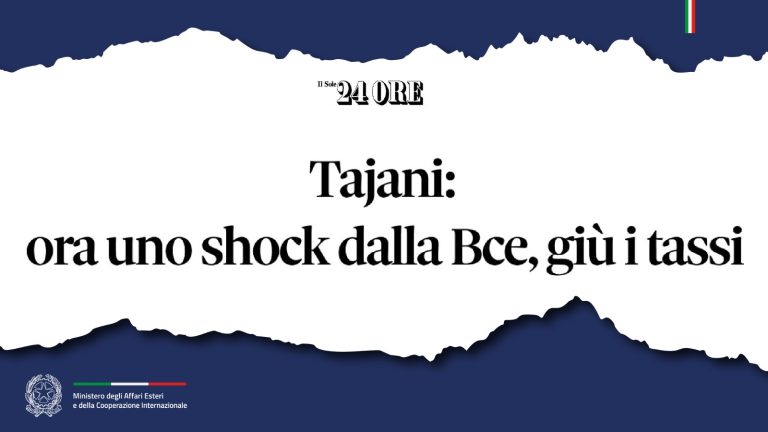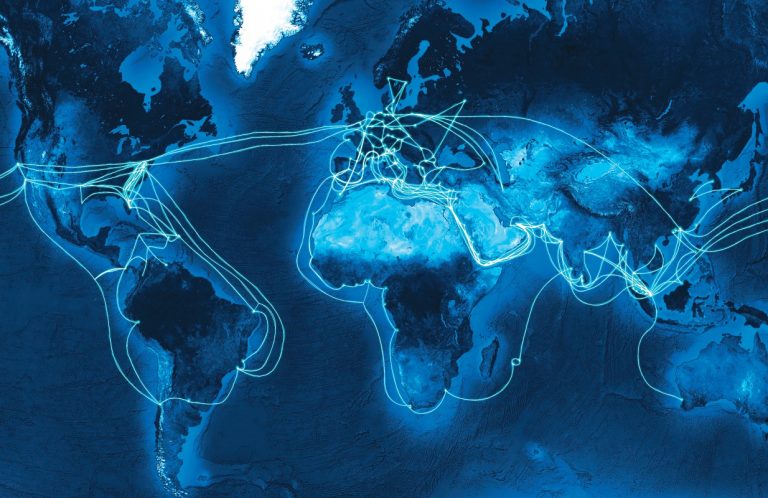Norway is still a competitive player in offshore oil and gas production, but the future is linked to certain factors that need to be carefully evaluated. This is what emerges from the report on the state and prospects for the exploitation of offshore oil and gas fields submitted by the Norwegian Offshore Directorate (NOD) in conjunction with the Offshore Northern Seas Fair.
Norwegian production is directed almost entirely to the EU and the UK: 30% of all gas consumed in the EU and UK comes, in fact, from Norwegian wells. This reduces the cost that European countries should bear on international markets and, at the same time, enables the EU to turn to one of the best performing players in the extraction process.
According to the report, the oil and gas production is expected to reach 243 million standard cubic metres of oil equivalent in 2025, and then decline as from 2027-2028 as wells are depleting. To what extent will the fields be depleted? According to the government agency NOD, if extraction activities remain concentrated solely in the mature areas in the North and Norwegian Seas, and exploration in the Barents Sea proves unsuccessful, the Norwegian offshore oil and gas industry will no longer be productive from 2050 onwards. If, however, heavy investments is made and new technologies enable the exploitation of the Barents Sea deposits and better exploitation of the more mature areas, production could remain at a high level for another ten years or so.
In this context, successful exploration in the Barents Sea becomes strategic. The exploitation of possible deposits could offer new opportunities for the Norwegian extraction industry. The level of production also depends on the implementation of technological solutions and extraction methods to discover and increase the productivity of new wells, and on the variable related to the development of energy costs resulting from extraction.
New gas discoveries under consideration
Over the past few months, the Norwegian Offshore Directorate has announced the discovery of gas in the first two wells drilled under production licence 1170, awarded in the Barents Sea, about 300 kilometres off the northern coast of Norway. According to preliminary estimates, the wells contain reserves of up to 4.7 million barrels of oil equivalent for the first drilled well and up to 4.4 million for the second.
The licence holders – the Norwegian state-owned majority companies Equinor ASA (35 per cent) and Petoro AS (20 per cent), Aker BP (35 per cent) and INPEX Idemitsu Norge AS (10 per cent) – are evaluating the size of the new deposits, along with other discoveries and prospects in the region for potential development.
The wells, both drilled by Saipem Spa’s Scarabeo 8 platform, are located in the Hoop fault complex, in the same vicinity as the Wisting and Hanssen wells, and close to the Gemini North, Mercury, Sputnik, Intrepid Eagle and Atlantis discoveries.

